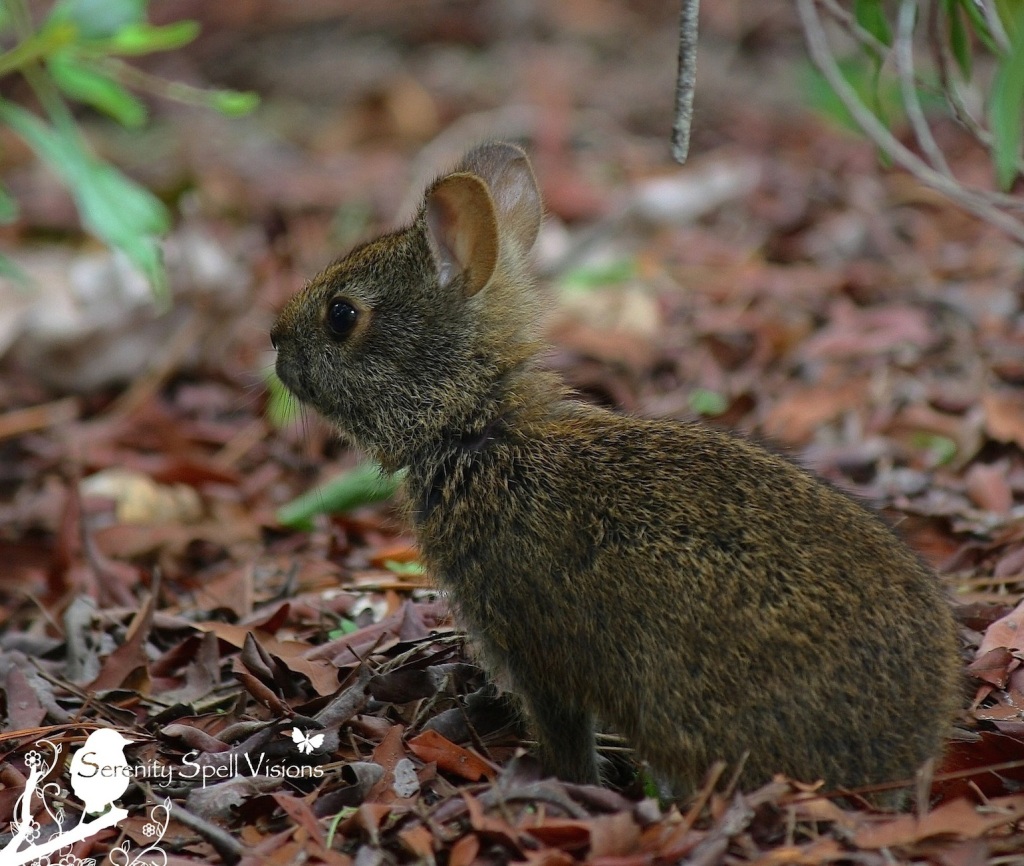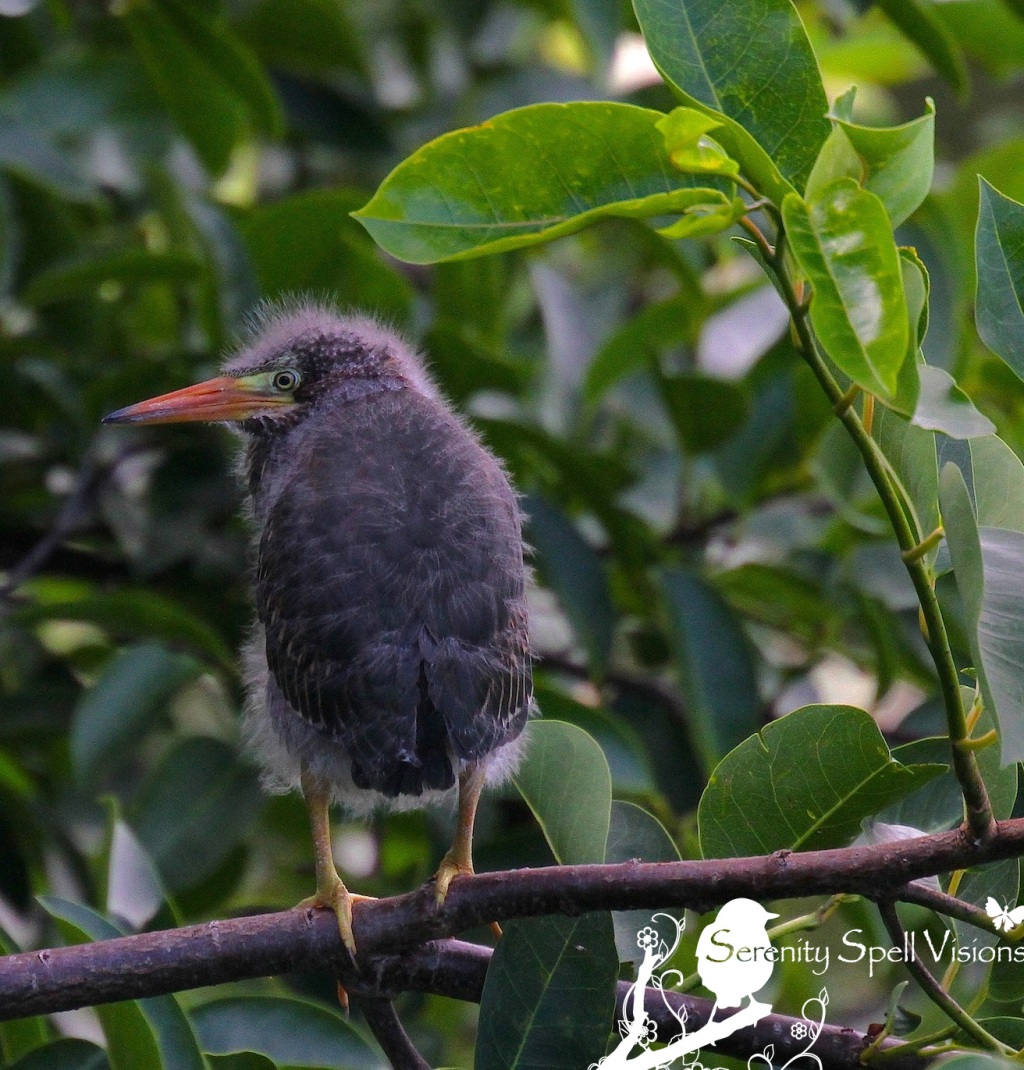It’s National Wildlife Week: March 17-23
It’s National Wildlife Week!
[Click on images for greater clarity]

The ridiculously adorable marsh rabbit baby in the Florida wetlands — or as I call them, swamp bunnies
Founded by the National Wildlife Federation, National Wildlife Week is the organization’s “longest-running education program designed around teaching and connecting kids to the awesome wonders of wildlife.” The theme of 2014 — Wildlife and Water — is an effort to “provide fun and informative educational materials, curriculum and activities for educators and caregivers to use with kids.”
Living on the edge / vestiges of the magnificent Everglades, the theme of Wildlife and Water is perfection. From the marshes and swamps, to the ‘glades, to the lakes and rivers and open ocean, the opportunities to explore the wonders and beauties of our unique wildlife are endless in South Florida.
Visit their site to learn more, spread the word, and further the conservation efforts of these wonders.



















